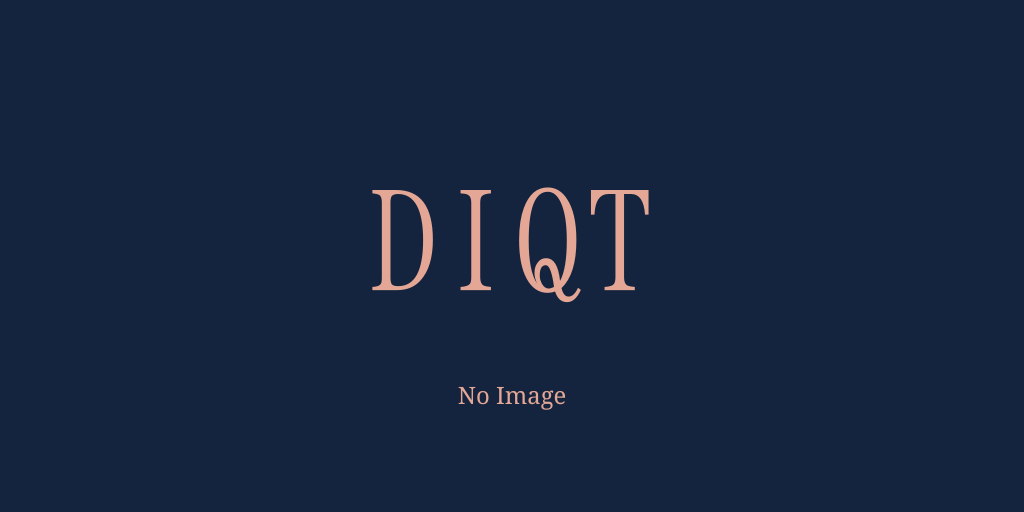The printed book appeared in a variety of forms during the course of its history in China. These included, among others, the “whirlwind” binding (xuanfeng zhuang), sometimes called the “dragon scales” binding (longlin zhuang), to describe the overlapping sheets of paper within the book; the “fold” binding (zhezhuang), also known as the “folding sūtra” binding (jingzhe zhuang) or “Sanskrit” binding (fanjia zhuang), given its common use in the presentation of Buddhist texts; the “butterfly” binding (hudie zhuang), whose appellation derives from the effect of fluttering papers that accompanies the opening of the book; and the “thread” binding (xianzhuang), a technical designation that refers to the silken or cotton filaments used to stitch together folded sheets of paper into fascicles. (For diagrams of these fabrications, see Fig. 30.)
In Madge's judgment, her Uncle Orion had suffered most of his life from the name he'd been given, requiring that people ask him to repeat it and boys his own age make fun of it.
Thomas turned thirteen. […] Yet he had not thrown off the trappings of a child. He was small and bairnlike, and his skin was smooth. His voice, when he sang the psalms, was as faint and feeble as a boy of nine's, rising sweet and tremulous.
“Ah, I thought my memory didn’t deceive me!” he lipped silently.





